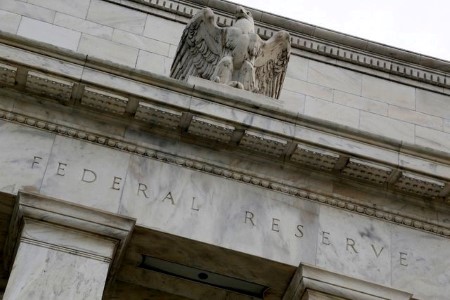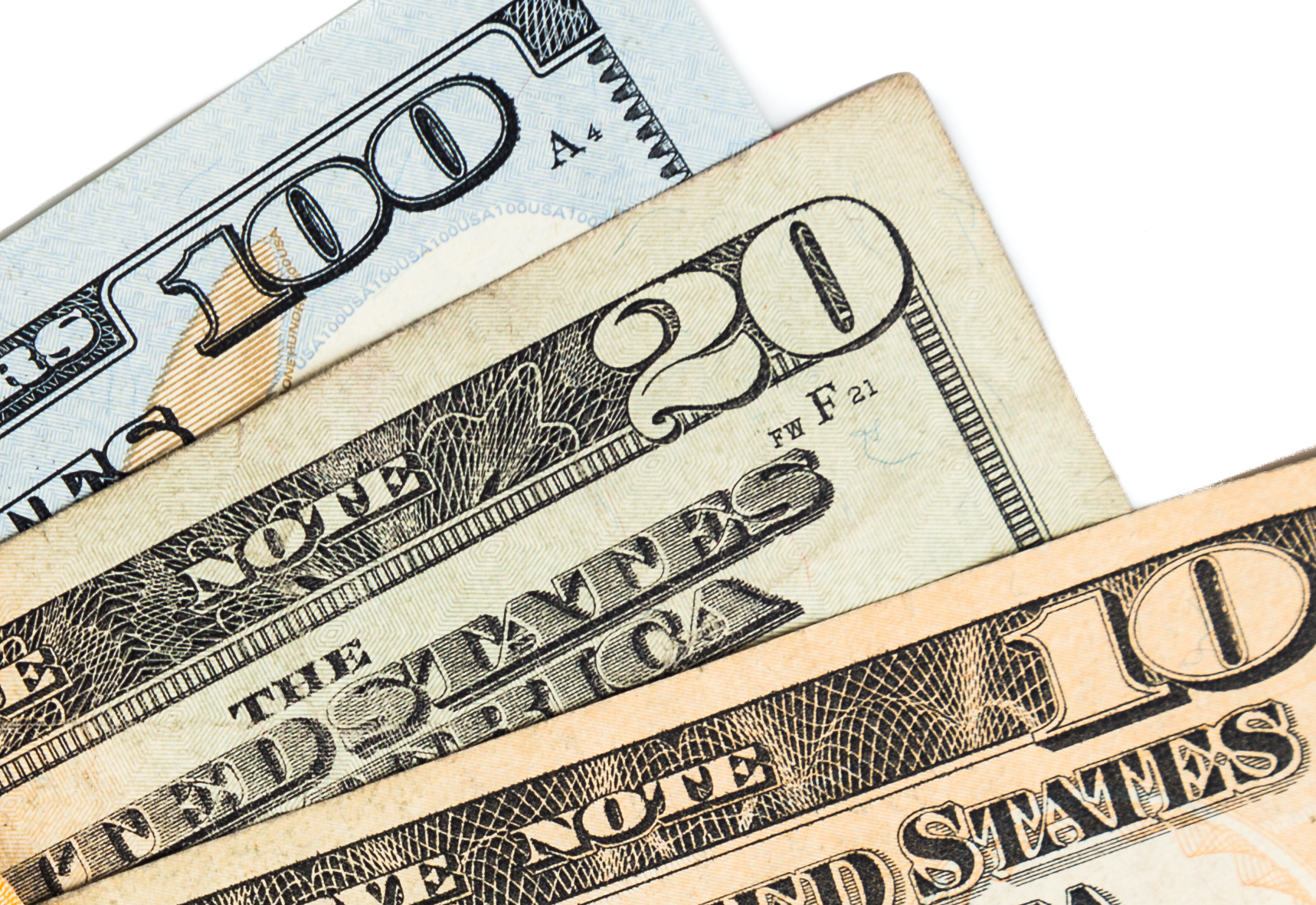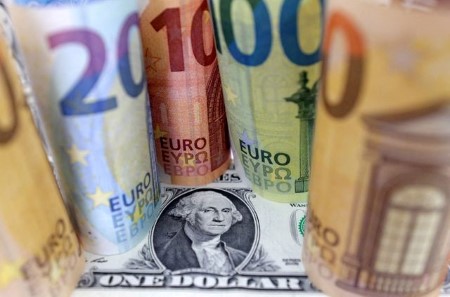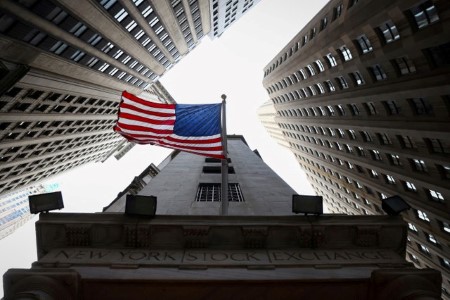Dec 14 (Reuters) – Gold prices extended gains to a one-week high on Thursday after the U.S. Federal Reserve flagged an end to its tightening cycle and signalled lower borrowing costs in 2024, sending the dollar and bond yields lower.
FUNDAMENTALS
* Spot gold was up 0.5% at USD 2,036.99 per ounce, as of 0045 GMT, after rising 2.4% on Wednesday. US gold futures jumped 2.7% to USD 2,051.10.
* The Fed kept interest rates steady for the third meeting in a row, as was widely expected.
* A near unanimous 17 of 19 Fed officials project the policy rate will be lower by the end of 2024 than it is now, with the median projection showing the rate falling three-quarters of a percentage point from the current 5.25%-5.50%.
* Fed Chair Jerome Powell said the central bank was likely done raising interest rates, but kept open the option to act again if needed.
* The dollar fell to a two-week low against its rivals, making gold less expensive for other currency holders, while the US benchmark 10-year yield dropped to its lowest level since August.
* Markets are now pricing in around a 73% chance of a rate cut in March from the Fed, according to CME FedWatch tool.
* Gold, which pays no interest, tends to benefit when interest rates fall as this reduces the opportunity cost of holding bullion.
* Indicative of sentiment, SPDR Gold Trust GLD, the world’s largest gold-backed exchange-traded fund, said its holdings rose 0.26% to 877.96 metric tons on Wednesday from 875.65 tons on Tuesday.
* Market participants now await other central bank decisions, including the European Central Bank and the Bank of England later in the day.
* Spot silver rose 0.8% to USD 23.94 per ounce, while platinum gained 0.3% to USD 937.35 and palladium climbed 0.9% to USD 1,000.01.
(Reporting by Brijesh Patel in Bengaluru; Editing by Rashmi Aich)







 DOWNLOAD
DOWNLOAD











